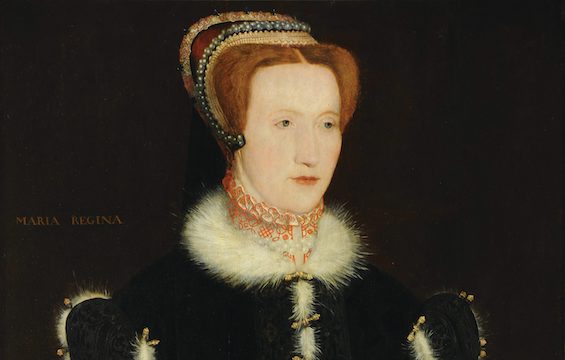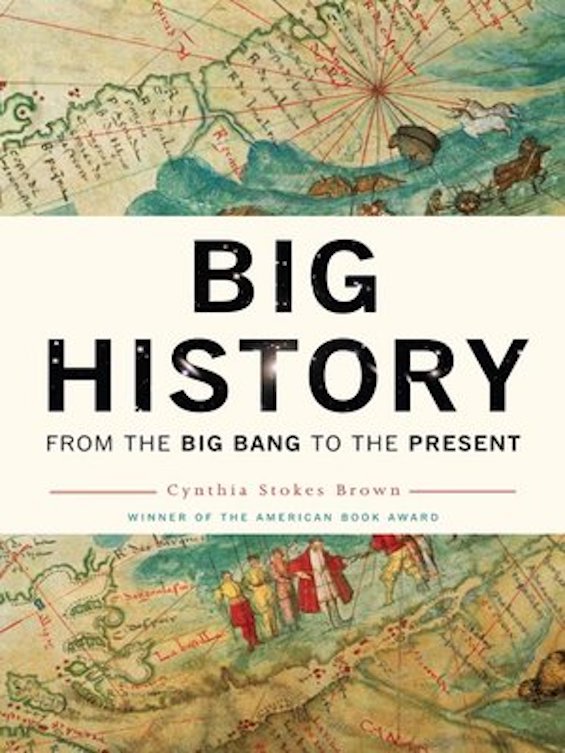
The recent passing of England’s second Queen Elizabeth reminds us that her namesake’s reign was even more consequential. After all, Elizabeth I gave her name to the era she helped shape during the forty-five years she sat on the throne. And few periods in Western history have attracted more attention from scholars and general readers alike. Popular histories abound with portraits of the influential and powerful men in Elizabeth’s court whose activities on her behalf helped set the course of events during the last half of the sixteenth century. But, other than Elizabeth’s rival, Mary Queen of Scots, it’s rare to come across a mention of any woman who might have played a leading role at the time, much less one described as a powerful woman.
Mary Lovell’s fascinating biography, Bess of Hardwick: Empire Builder, helps correct the record. Because Bess, we learn, may well have wielded as much influence in Elizabethan society as all but a handful of the men who served the queen.
Estimated reading time: 7 minutes
A long life straddling Elizabeth’s own
The bare facts of Bess’s life only hint at her importance in the era. Born Elizabeth Hardwick in 1527 (six years before the queen), she married and survived four increasingly prominent and wealthy husbands in the course of her long life. She was more than eighty years old when she died in 1608, five years after Elizabeth. Her fourth husband was George Talbot, 6th Earl of Shrewsbury, one of the richest and most powerful men in the country. As Countess of Shrewsbury, Bess came into her own as a builder, pouring vast sums of money into designing and constructing some of England’s grandest country homes. In the course of her ascent, she became a friend of the queen. (“Bess first met the Queen when Elizabeth was twenty years old and she stood as godmother to Bess’s eldest son Henry. Their friendship was lifelong.”)
Bess’s deteriorating relationship with the earl as he descended into paranoia devolved into an epic battle in and out of the courts. “It was like the clash of two titans,” Lovell writes, “involving the Court and many senior government ministers such as Lord Burghley, Francis Walsingham and the Earl of Leicester. Queen Elizabeth herself found it necessary to intervene on occasion.” Her friendship with the queen and Talbot’s death in 1590 ultimately saved her despite the great power and influence he had wielded.
Bess of Hardwick: Empire Builder by Mary S. Lovell (2005) 576 pages ★★★★★

Why Bess was so important
Bess lived three centuries before the Industrial Revolution that multiplied the riches of the English elite. In her time, the principal source of wealth was land, which men almost invariably owned and controlled. Yet Beth shrewdly amassed a long list of properties through her many marriages—and managed through the strength of her considerable will and clever legal arrangements to keep them under her personal control.
With vast landholdings, and sometimes great influence at the royal court, Bess was a force to be reckoned with during the closing decades of the sixteenth century. And some of her many children themselves married into rich and influential families, extending her reach throughout the realm. One granddaughter, Arbella Stuart, had a strong claim to the throne and for a time was considered a likely successor to Elizabeth. “With the death of the Queen of Scots, only one person, King James of Scotland, stood nearer to the English throne than did the Lady Arbella Stuart.” It was no wonder Bess was viewed as a powerful woman.
An “achiever” from an early age
From an early age Bess proved herself to be “an achiever. And she operated in an age when non-royal women had little education, virtually no legal rights, and were almost considered chattel of their husbands.” As Lovell makes abundantly clear in the course of her story, Bess was a woman of extraordinary charm whose personality drew men and women alike to her side throughout her long life. By all accounts, all four of her husbands were deeply in love with her, including the Earl of Shrewsbury in their early years together. She was no great beauty. It was her wit and charm that made her such a powerful woman.
Bess’ providential foresight in maintaining control of the lands she brought to her marriages proved a godsend to her favorite son and heir, Sir William Cavendish. For several centuries the two great lines of the Cavendish family flourished on the foundation left by Bess. . . Together they were arguably one of the most powerful families in the country. Today, Bess’s direct family through William’s descendants—the senior line—still control the Cavendish estates.” Thus, through her many surviving children and their own well-calculated marriages, Bess’s descendants today continue to populate the ranks of England’s aristocracy.

A prestigious but unenviable appointment
One of the root causes of the breach between Bess and her fourth husband was his appointment by the queen as Protector of Mary, Queen of Scots. “The Shrewsburys were almost as much prisoners as Mary,” Lovell insists. The unwanted duty required him to maintain a large and growing staff at a series of his rural properties to ensure Mary’s security and comfort. Elizabeth, always a tightwad, consistently refused his requests to budget sums large enough to cover the enormous costs. (“The Royal Family were notorious for seldom remembering to pay their servants.”)
As time went on, the earl complained more and more bitterly that the job was driving him into poverty. Since he was “arguably the richest man in the country,” his complaints were treated with derision. Ironically, though, when he died in 1590 and his heirs examined the books, they found that he had, indeed, run out of money. He still possessed vast holdings in land, but the cash was all gone. And he was far from the only one of the queen’s retainers who went broke in her service. For example, Sir Francis Walsingham, famously known as the queen’s spymaster, had been forced to support his network of agents out of his own pocket. He died a pauper in the same year as Talbot.
About the author

Mary S. Lovell was born in Wales in 1941 and twice married. She has one son. She has worked as an accountant as well as a writer, novelist, and lecturer. Lovell is the author of ten books, six of them biographies. She now lives in Gloucestershire with her second husband.
For more reading
You might also enjoy:
- Great biographies I’ve reviewed: my 10 favorites
- 20 top nonfiction books about history
- Mysteries set in Elizabethan England
- 20 most enlightening historical novels
And you can always find my most popular reviews, and the most recent ones, plus a guide to this whole site, on the Home Page.


























